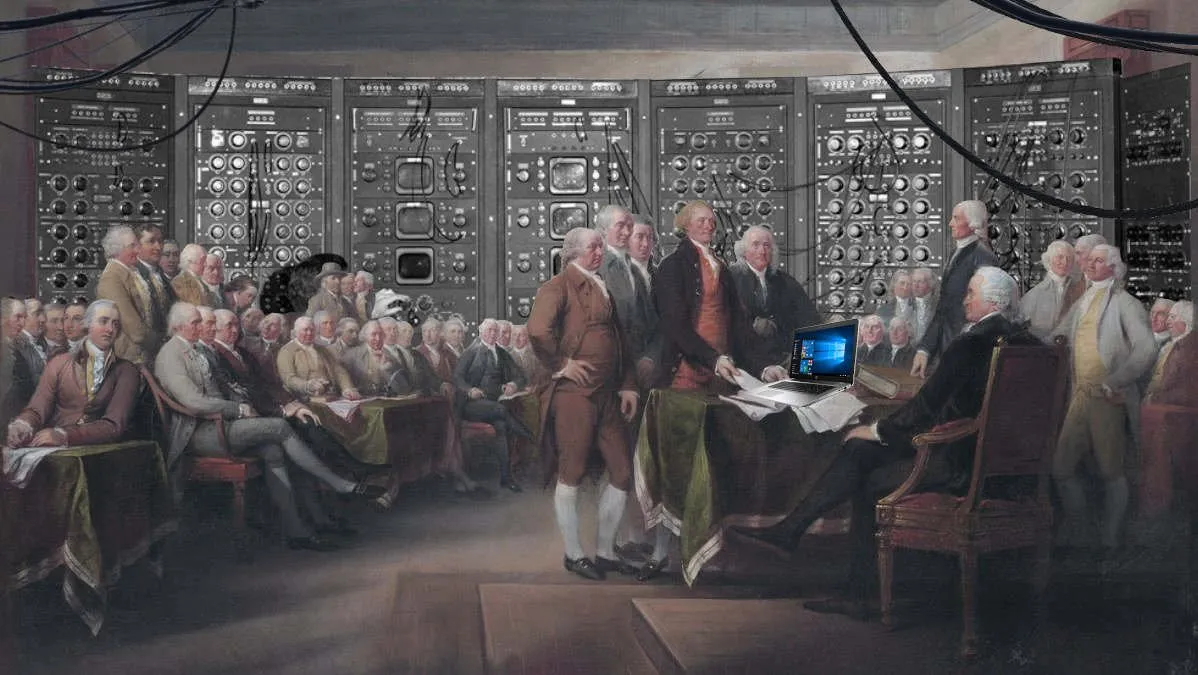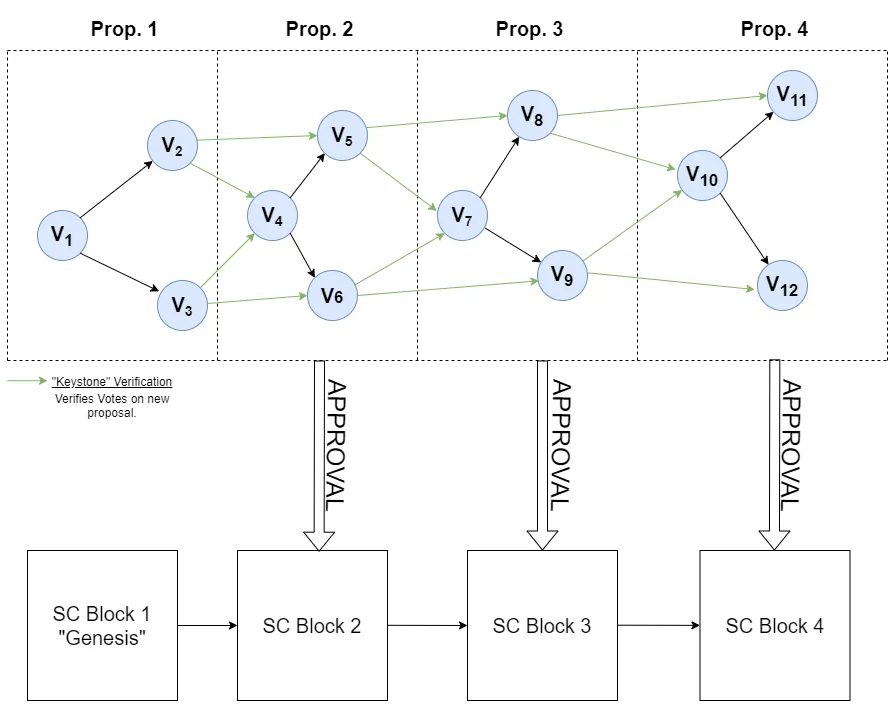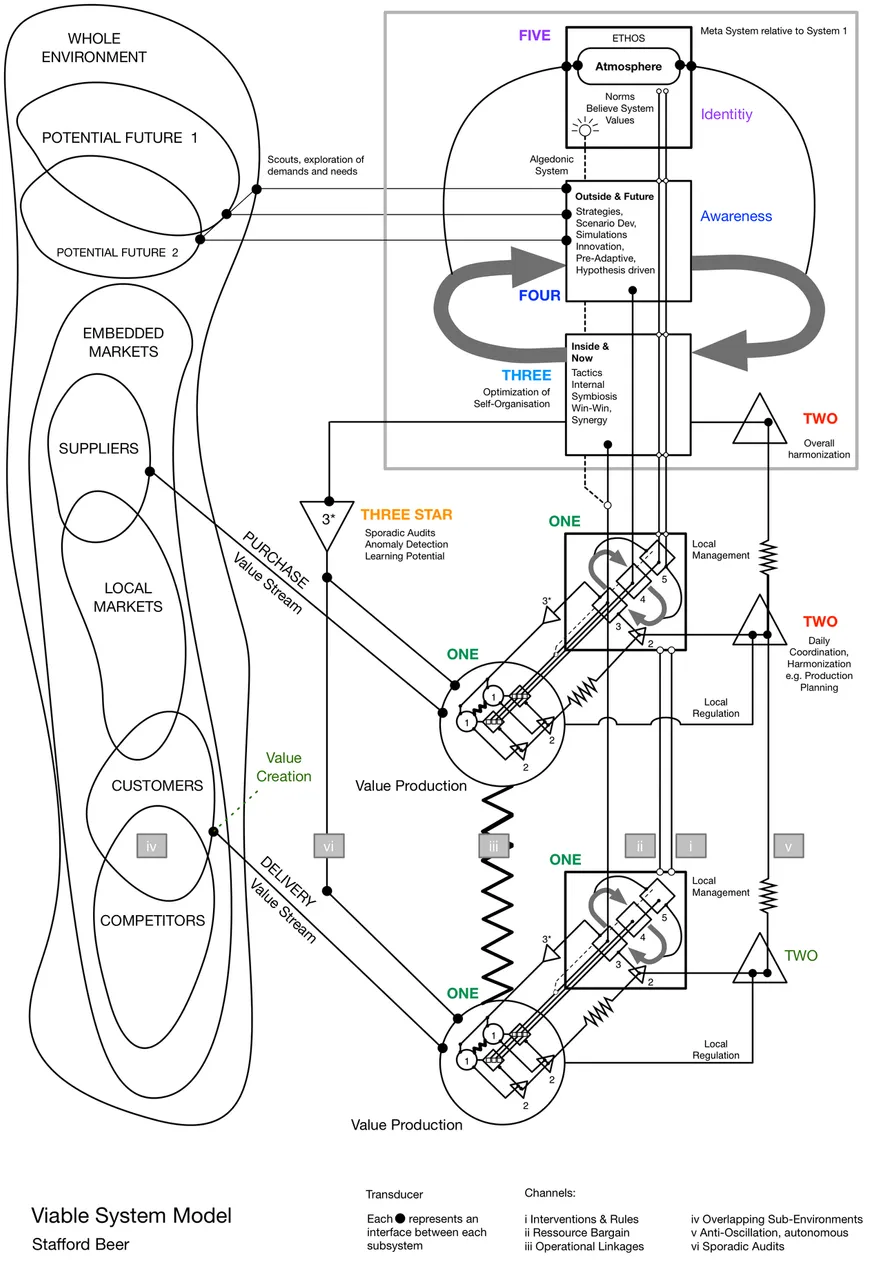
I’ve been thinking on the subject of autonomous governance for some time now, and I have begun to put together what I like to call a “framework” by which I think it can be successfully accomplished given the proper technological resources and time. I don’t claim anything to terribly novel, perhaps, but I will leave it to my readers to decide how they feel.
Oh, BTW, thanks for reading! I don’t get to this stuff nearly as much as I wish I could, but I still love doing it.
So, where do we begin?
MOTIVATION
There are several reasons why I would personally find some form of autonomous governance to be a good thing. That being said, the only way it would be a good thing is if the enterprise is performed successfully. So, it begins with a could ideas in the world of Cybernetics.
HUH? CYBERNETICS?
Okay, I better explain that. Typically, when people think of cybernetics, they think of Terminator, The Winter Soldier’s arm, and so on. While cybernetics would in fact be instrumental to these things becoming reality, The word itself refers to something bigger. Cybernetics, deriving its roots from the Greek word for “steersman” is a trans-disciplinary science that deals with the stability of systems and effective organization. In the words of Norbert Wiener, the Father of Cybernetics, it is the science of communication and control in the animal and machine.
With that last definition, It’s unsurprising that people believe it to primarily be about robotic arms and mind-brain interfaces or something.
SYSTEMS, STATES and VARIETY
In an case, my work draws upon the field of cybernetics in order to do one thing: Facilitate regulation of a governmental system WITHOUT imposing it, thereby violently minimizing the curtailment of freedom. Time for a few definitions:
SYSTEM:
A system is a set of entities that interact. That’s probably the simplest definition. Ross Ashby thought of it in a similar way choosing to think of it in terms of the set, which is “transformed” from that set to another. This part would take some mathematics to REALLY set out, but I am very much averse to boring my readers.
VARIETY:
The number of possible states in a system. There’s that word again, “States”. Essentially this is a particular property which entities of a system hold. Variety is looking at this from a larger resolution, as the number of different combinations which the system entities can be transformed.
Those of you familiar with some basic probability would understand it like this: it is the “possibility space” of a system. For example, say you have a coin, and you’re doing one flip. You know that it will either be heads or tails, and you know that since you’re doing one flip, there is only one event. The outcome of the event can either be “Heads” or “Tails”. So, the system itself has only one entity (The coinflip) and there are only two states (Heads and Tails), the variety is two.
As you continue to add states and entities in the system that can instantiate these states, the system becomes exponentially more complex. For example if we did two coin flips instead of one, there would be more possibilities. There’s (HH), (HT), (TH) and (TT). The variety of this system is 4.
(Side note, some of you might be thinking, “wait, variety is just complexity!” and you would be correct. This is a point of contention between other scholars and Ashby’s work).
THE LAW OF REQUISITE VARIETY
This is where we segue between Ross Ashby and Cybernetician Stafford Beer (which deserves his own article, amazing man). We come across The Law of Requisite Variety:
Variety only destroys Variety (or in Beer’s terms, “Absorbs” it)
In my own words, if you have two interacting systems with different variety, then it is effectively impossible for those two systems to interact with stability (stability being a “balance” between the two systems).
For example, say you are in a crowded room. You are the speaker and you want to get the room’s attention. Their variety in comparison to your variety is gigantic. People are talking amongst themselves, eating, thinking, or are otherwise too drunk to acknowledge you.
In order to make their variety equal to yours, you must attenuate their variety and amplify yours. There are many ways to do this, such as standing on a podium and speaking into a microphone, or making a loud ringing sound with a champagne glass. Alternatively, you could shoot a gun into the air to get everyone’s attention. The point is that there is many ways to attenuate variety, and some of them are not nice.
The goal is to be nice.
FEEDBACK
Feedback in a colloquial sense is getting someone to respond to your performance and provide constructive criticism. This is not too far from the cybernetic definition. Feedback is a signal that regulates stability between two interacting systems.
One system interacts with another system, which then sends an interaction to the first system in return, thereby affecting its variety.
Let’s go back to the coin flip. Say I wanted to do three coin flips and I wanted them to come out as heads every time. The variety, meaning the number of states is prohibitively large to leave it all to chance. If I wanted to give “feedback” to the coin flip, I could say, find a way to watch the coin in slow motion and ensure every coin flip lands in the flipper’s hand as “Heads”. That is feedback, and it is attenuating the variety of the coin flip system.
How does all this relate to autonomous governance?
THE REPUBLIC MODEL AND REPRESENTATIVE DEMOCRACY
Here's where things get spicy.
I’ll be speaking of the United States specifically, since that is where I am from and know the most about. The United States was founded in 1776, with the constitution that lays out the law of the land ratified in 1788. The document was fundamentally based on the concept of representation, whereby people can democratically elect office holders who would then represent them.
Similar states of affairs occurred in Great Britain, and was the basis for the Revolution: Taxation without Representation.
Technology in the late 1700s was quite paltry compared to what we have today. If you wanted to communicate to your representative you either spoke to them in person and wrote a letter. It could take weeks or months for someone to respond (which makes me think everyone I DM on dating apps are only using 1700’s technology to communicate with me. I’ll wait. I’m patient). Managing variety, due to limitations in communication between the representatives and the people was obviously faulty, and likely didn’t bode well if we were looking to stabilize the system of the USA with feedback. Nice Feedback.
There’s another problem, and it is a grave state of affairs. The United States currently has about 300 million people, with about 150 to 200 million of those being registered voters. In congress, there are 535 members.
How does one equalize the variety of The People with the variety of Congress? If any of you are familiar with American Politics and Congressional approval ratings, you will immediately discover that there is clearly a problem with the stability of the system.
And that sucks. How do you fix that?
The first step is to recognize the most important fact: We are using an antiquated method. Representation was necessary for a good portion of American History, because we simply did not have the means to measure the variety of the people to equalize it with congress. Surely not everyone in the nation can come and speak in Congress! There would be pandemonium.
The second step is to recognize that there is a fundamental limit to how 535 people can equalize the variety of 300 million. The variety of a single person’s brain is enormous, and more or less equal across everyone. That means Congress needs to amplify its variety by over 560,000 times to equal The People and bring about stability. Furthermore, variety discrepancies are increased instead of becoming equalized; Lobbyists, self-interest and ideology plague the variety of the Congress significantly. The Variety of the people is attenuated by legal action caused by yet another system not representing The People.
When we look at it this way, we see that the people are not represented. We went from 1788 to the present day with the exact same problem. What happened last time Variety was not managed? A Revolution happened.
Oh, shit.
THE (MAYBE) SOLUTION TO THE PROBLEM
The simple truth is that the fallibility of Humanity is our own downfall. A better way to do things is needed badly, lest the country rend itself apart. Maybe it won’t do that today, or next year, but eventually, it will.
We need something that has the power to match variety with The People. Something that works for the rules, and not in spite of them. Something not interested in money or power. We need a computer.
Computers have brought the world together. Communication networks make it possible for me to pay for a jerkoff session with a freaky LiveJasmin camgirl in the Philippines RIGHT NOW and in REAL TIME!
Additionally, machine learning and artificial intelligence are becoming more and more sophisticated.
These tools, with their vast computing capabilities can match variety far better than a group of humans can. In short, we are bad at managing ourselves. We just don’t have the power to do it effectively. Well, we can equalize variety pretty well (see the Third Reich), but we cannot do it in a way that is equitable to The Will of The People.
YEAH BUT SKYNET AND SUCH...
I understand. I’m not talking about making a system that can think on its own and destroy humanity. I’m talking about a system that has The Will of The People built-in to the system, and serves that will directly.
OKAY, HOW?
We must match the variety of the machine with the variety of the people using feedback, provided by the people. And it looks like this:

This is a top level visualization of a governance system that utilizes the concerns of the people, and provides evidence based solutions which are then sent to the people for voting. This is the general way it would proceed:
1: The people, using something akin to a community forum, airs concerns and comments relevant to community functioning and desire.
2: A parser determines statistically significant issues that represent a large scale concern and makes this information available in a understandable format to the policy synthesis module.
3: The Policy Synthesis Module is a subsystem of "Expert Systems", each of which have a particular area of "expertise". Similar things have been developed in the past with respect to medical diagnosis, and this is probably the most complex portion of the governance model. A "synthesis system" embedded within takes the cumulative suggestions of the expert systems, and provides several solutions, which are then submitted to the people for voting. I have been speaking thoroughly with a PhD student in artificial intelligence on the feasibility of such a system, and the results as of now are promising.
4: The DAG (Directed Acyclic Graphs) voting system is the area where The People vote upon their most desired solution. This voting system would most likely be a cardinal voting system, where people say, apply a number to each option. The highest number would be most desirable, and the lowest, least desirable. The winning options are then implemented in say, a traditional blockchain that acts as a "living charter" for the community. I have covered this type of voting system in the past, and some preliminary work can be seen in this picture:

5: After voting, each community member is encouraged to rate their subjective experience on a graded scale from "Extremely Dissatisfied" to "Satisfied". This is what Stafford Beer would call an "Algedonic Meter". Some statistical analysis will determine what I call the "cumulative dissatisfaction" of the people, which I believe for many reasons speak to the stability of a system. As we are able to asymptotically approach zero dissatisfaction, we are able to maximize the stability of the community. Direct voting gives the people the power to shape their environment, and directly allows the community to manage its own variety in a way that is conducive to improvement and growth.
CONCLUSION
This is preliminary research, but it is something I believe could be a solution to the problem of varying variety between the "government" and "The People", which I believe (as the Founders did in their own way) wanted. However, this is not the end of the story. This is merely one piece in a larger puzzle. That larger puzzle is the Viable System Model:

An entire explanation of the Viable System Model would require one or more articles on their own to explain each type of subsystem, their implications, and their application. I'll leave that for future posts.
Agree or Disagree, thank you SO MUCH for your time today. I appreciate and love all of you. Leave me questions if you have them!